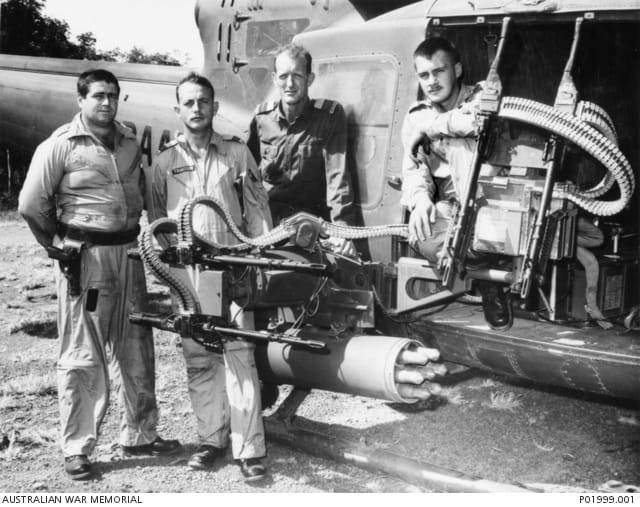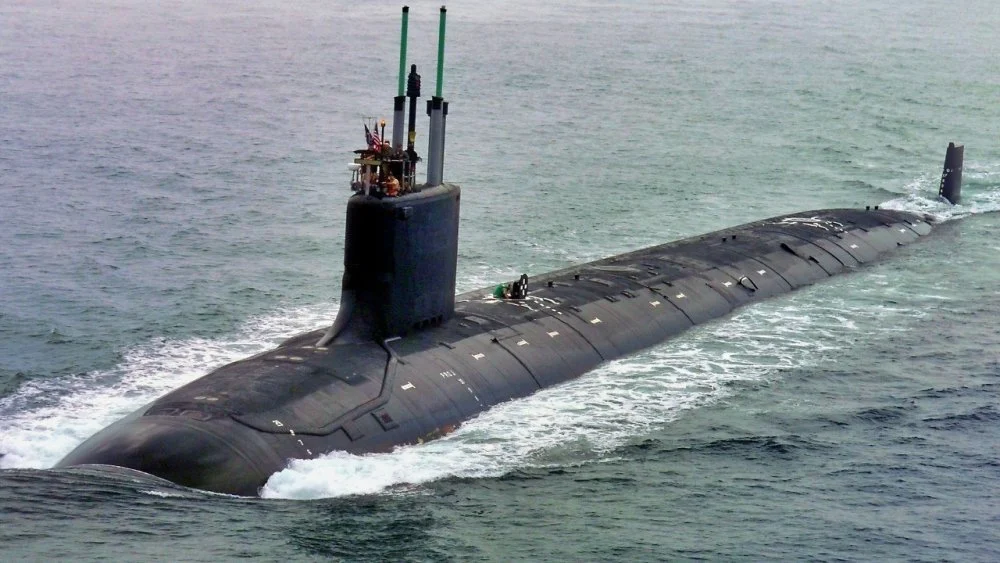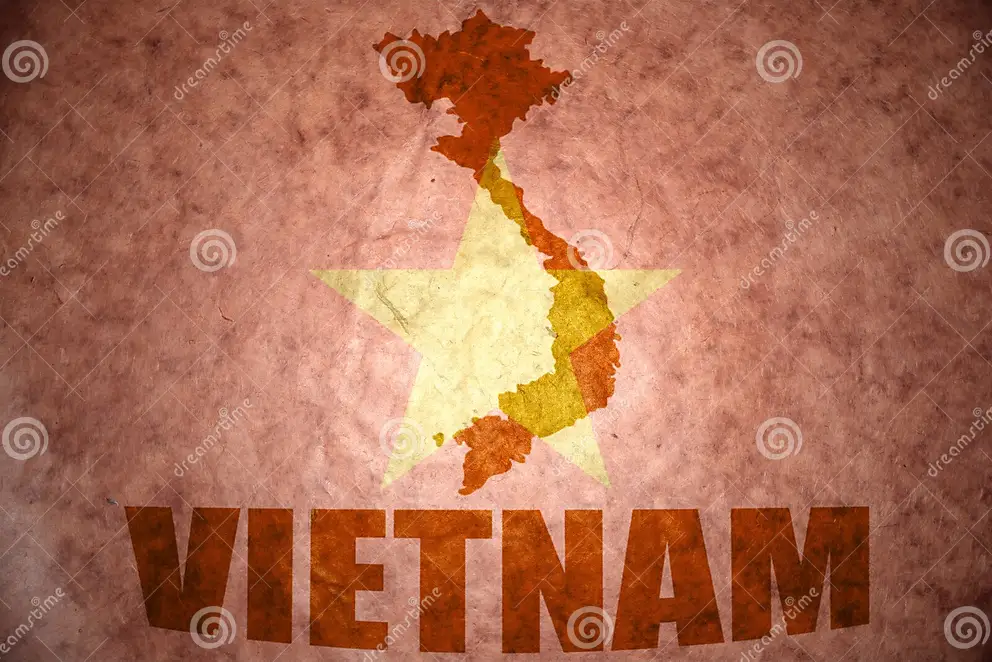G’day Frontline
I enjoy reading your posts each day but think it’s only right to let you know when something needs to be corrected.
Before retiring I was a first aid trainer and a representative on the Resuscitation Council of Australia, therefore:
In relation to your post today (Sunday 10th November 2023) whenever sending first aid info etc., I suggest you consult the following website WWW.resus.org.au and go to guidelines.
These are the guidelines for Australia & NZ for first aid.
It is better to have one set of acronyms than differing acronyms which could become confusing.
The accepted acronym for Aust/NZ is for stroke recognition is … as follows.
FAST is a simple way for remembering the most common signs of stroke.
Facial weakness – ask the person to smile. Is their mouth droopy on one side?
Arm weakness – ask the person to raise both arms. Can they only raise one arm or is one arm weaker?
Speech difficulty – ask the person to repeat a phrase. Is their speech slurred and can they understand what you say?
Time to act fast (Take Action) – if any of these signs are present send for an ambulance immediately.
I have sent several emails to organisations who send information concerning recognising stroke etc., and also the cough CPR information, without knowing what the guidelines are, only to try and ensure that all info distributed in Australia is factual and meets recognised guidelines.
I hope this information is helpful.
Regards
Graeme Furmston











